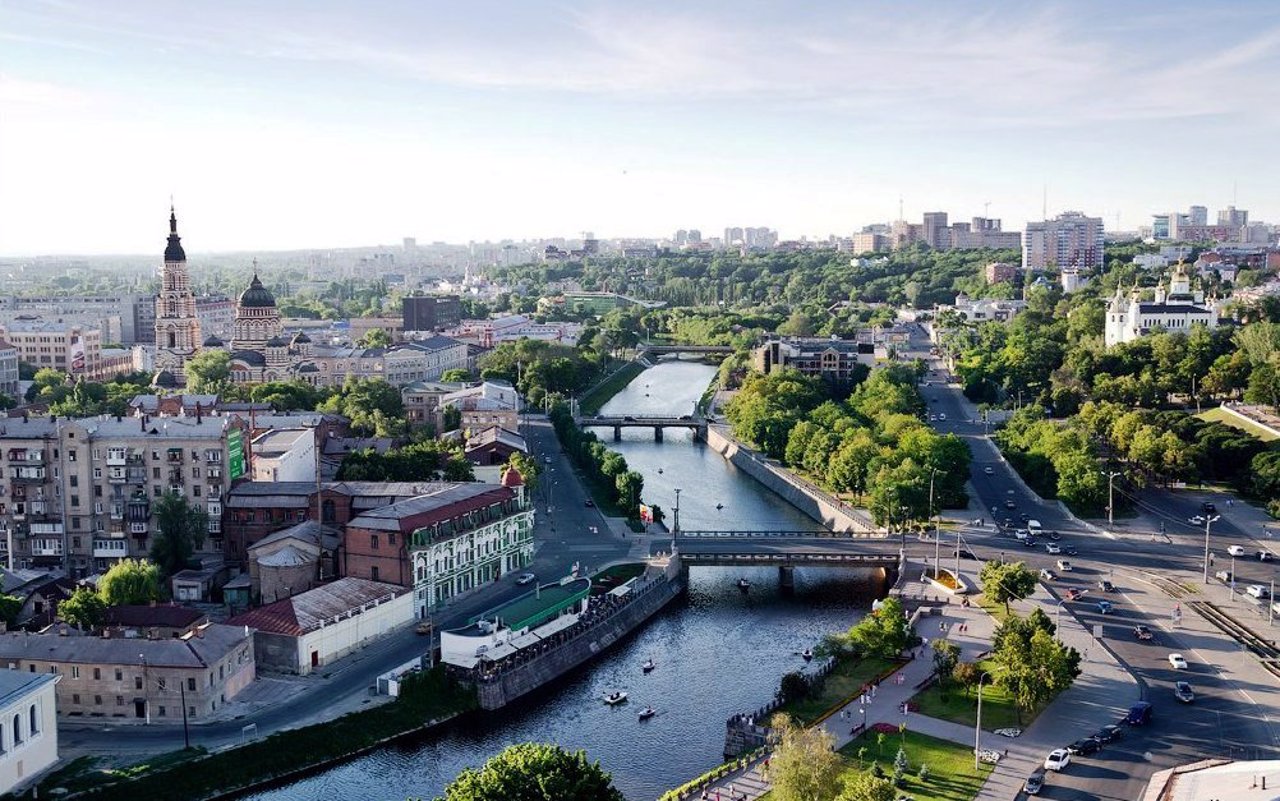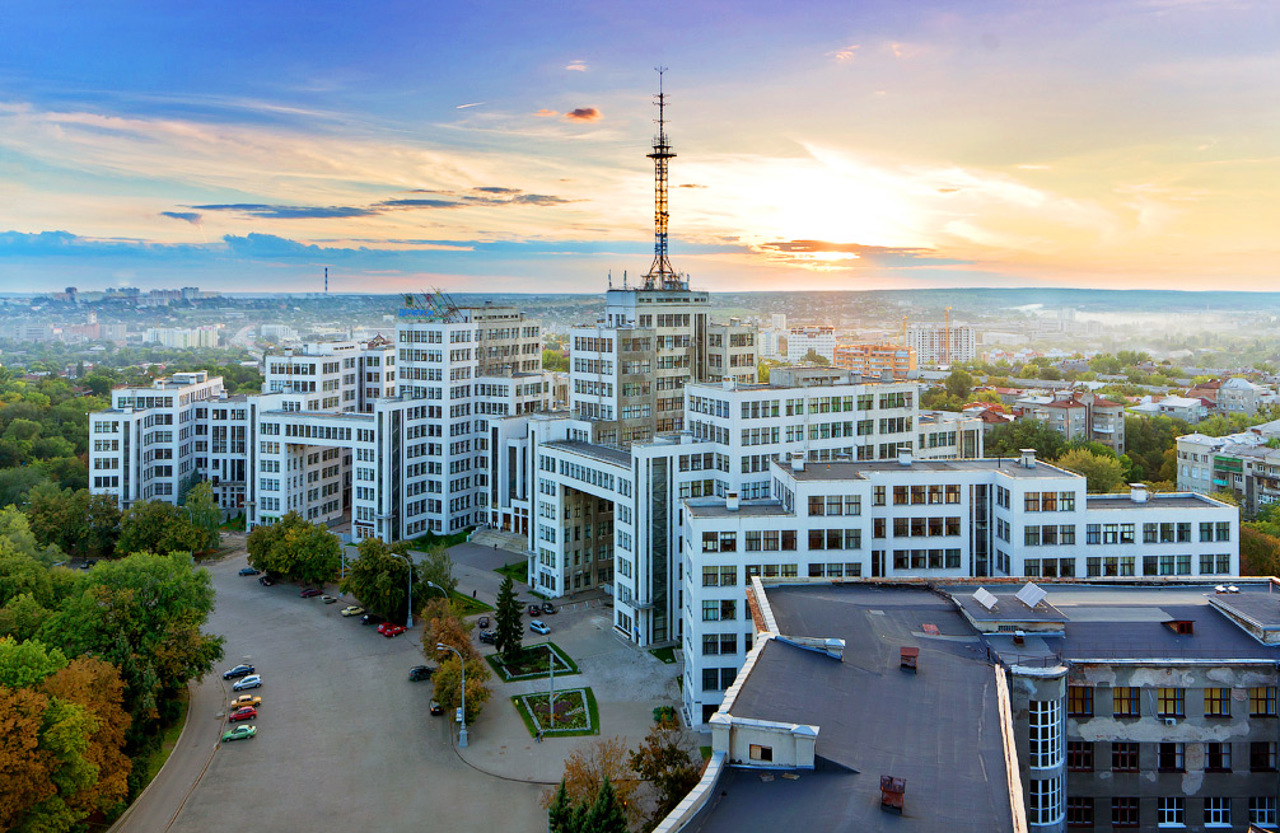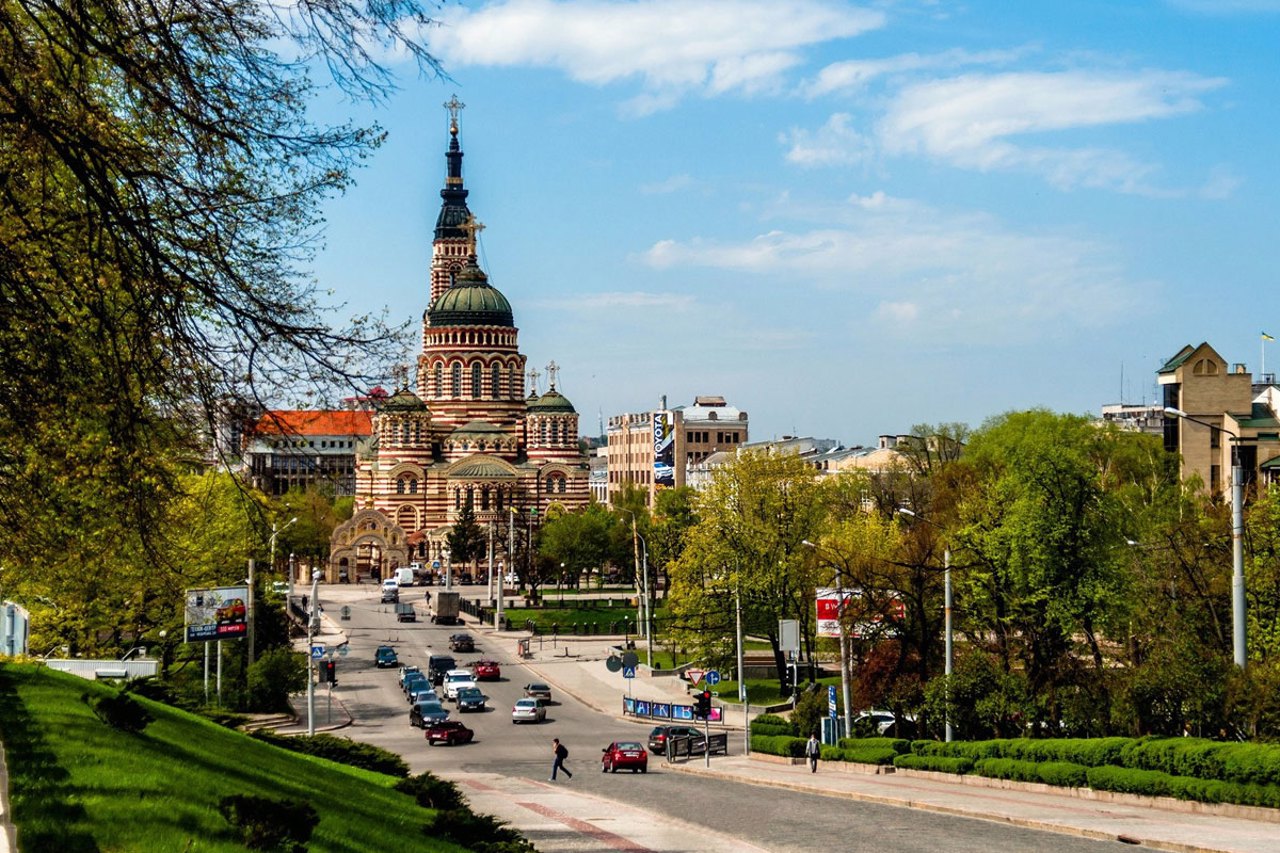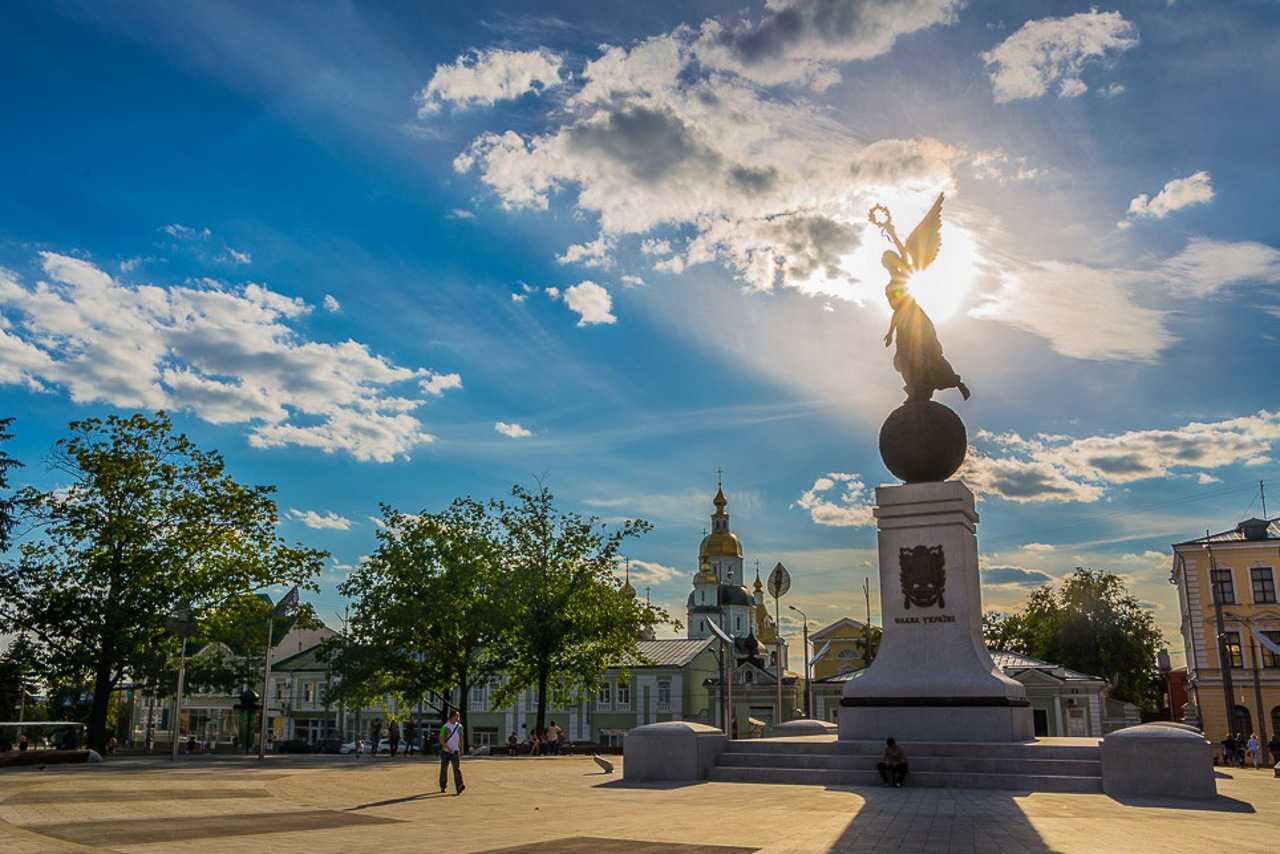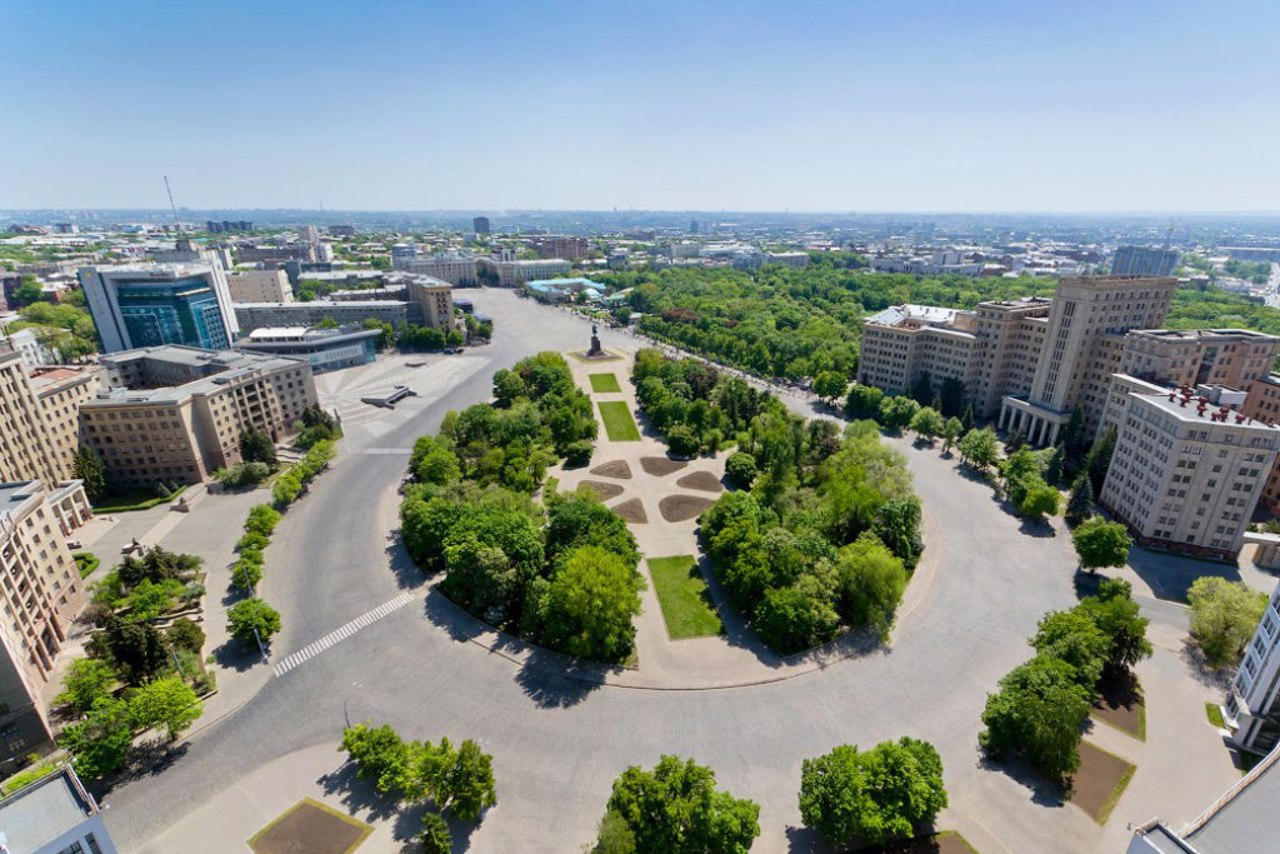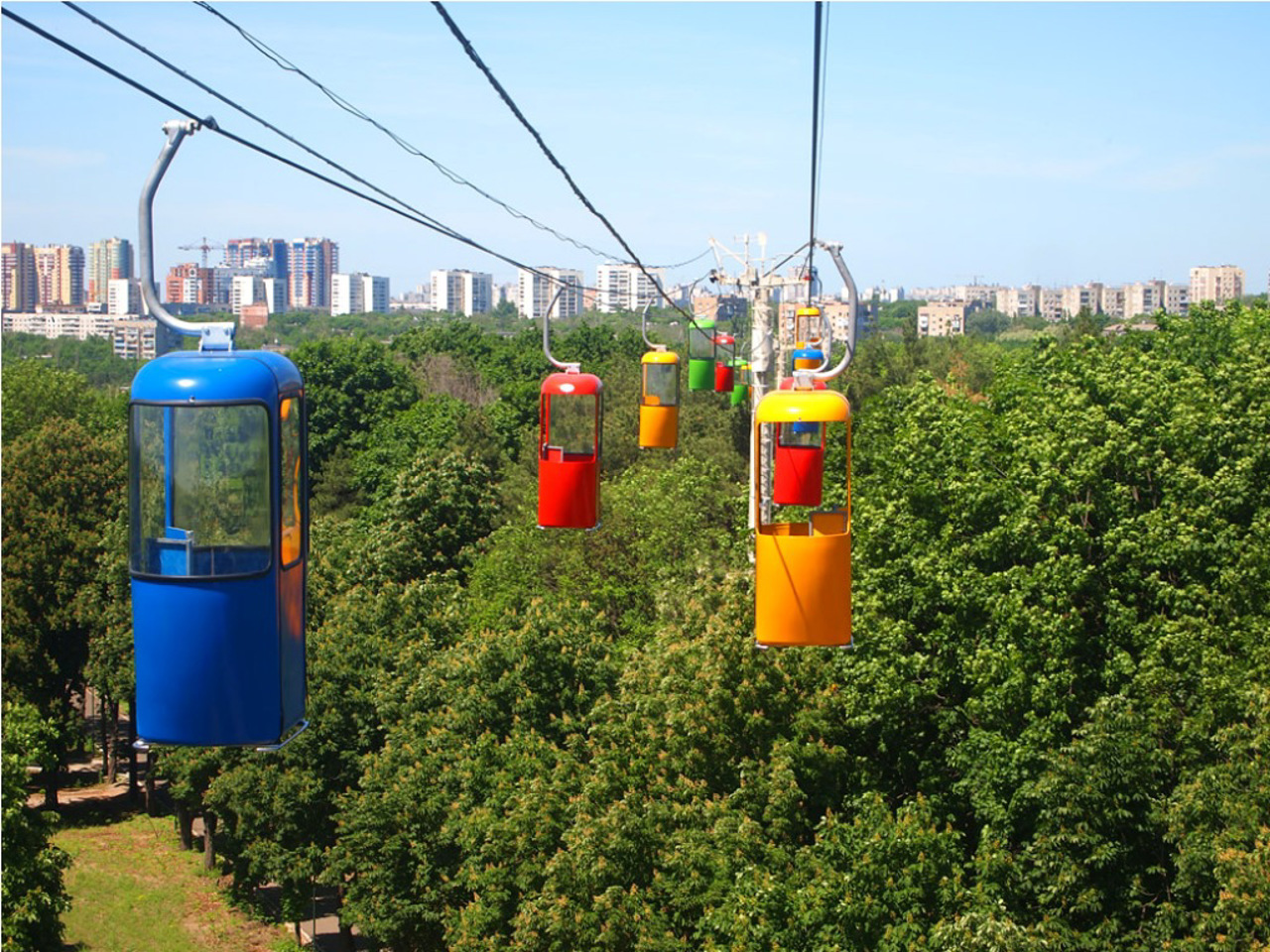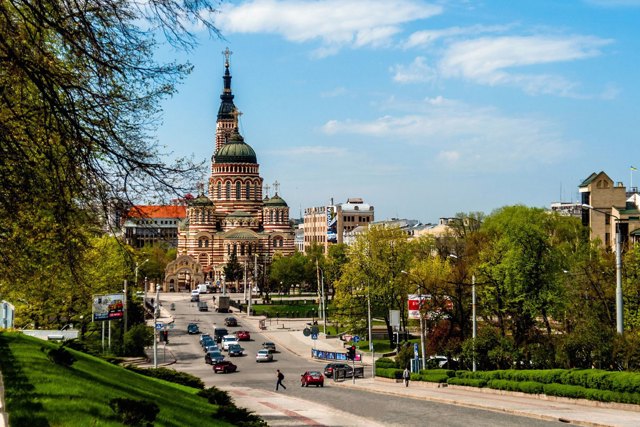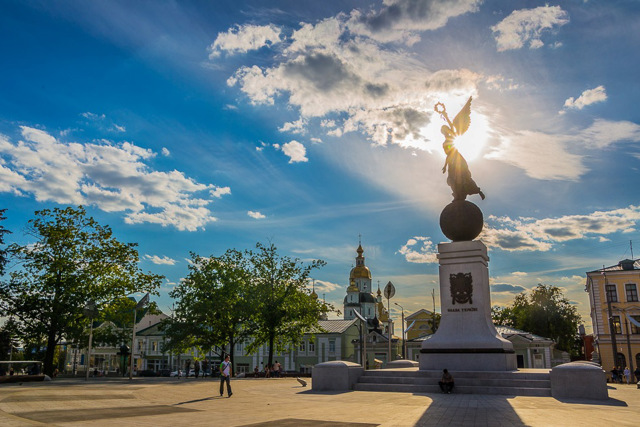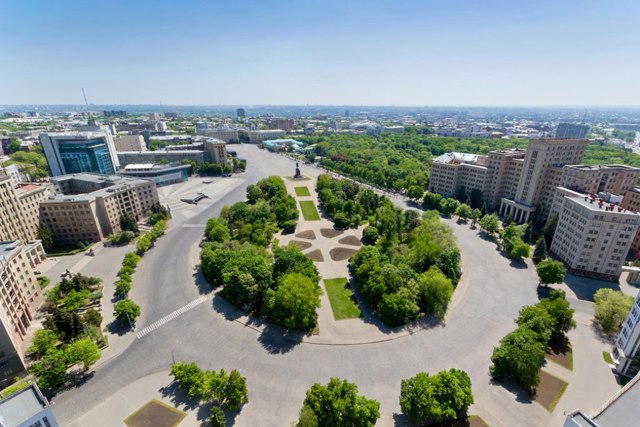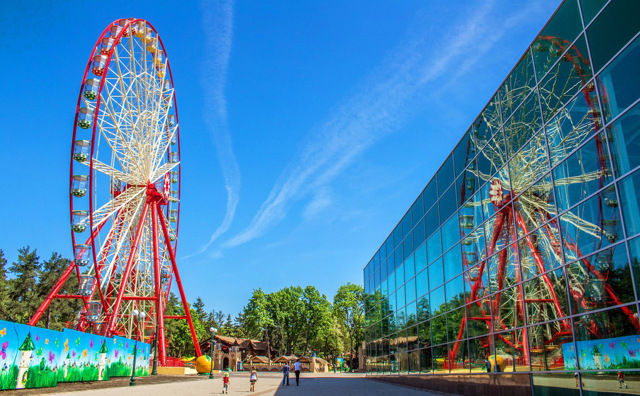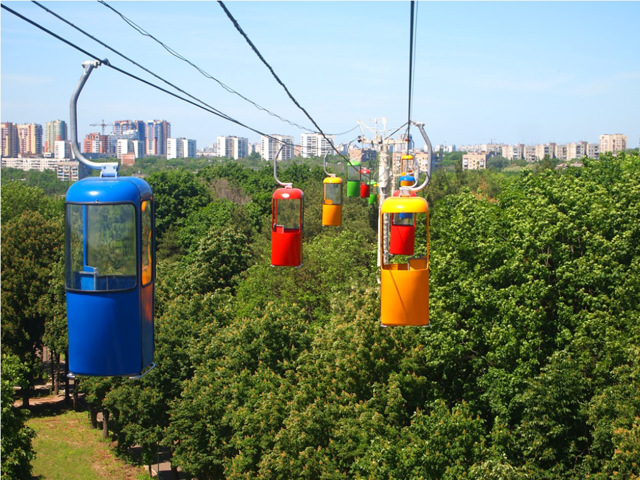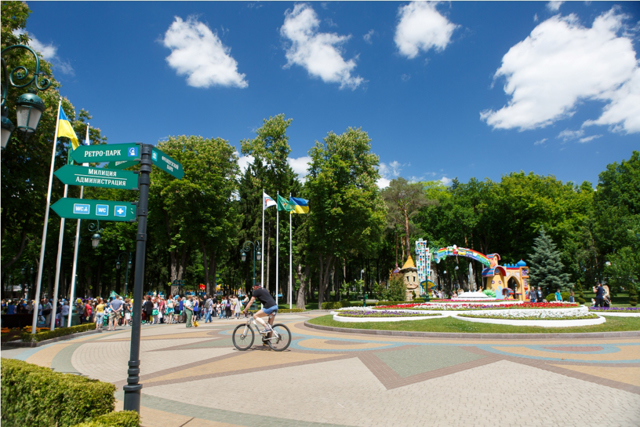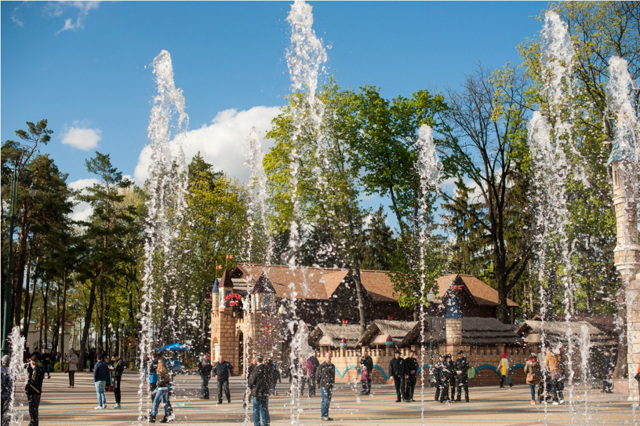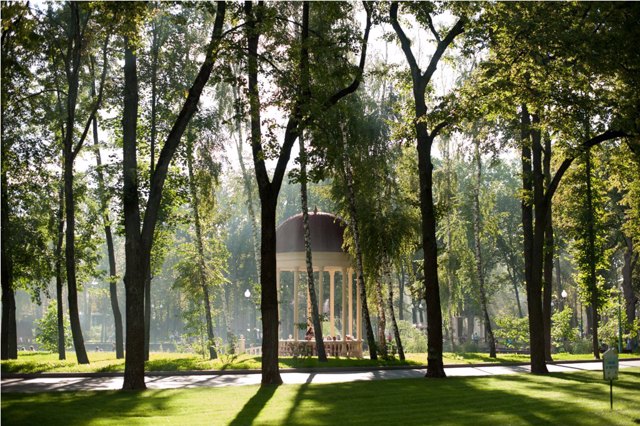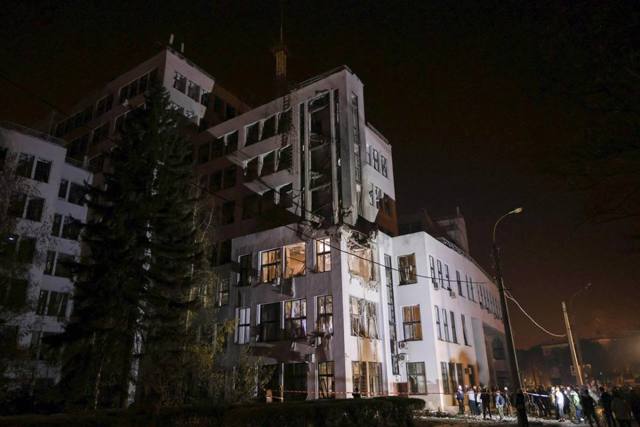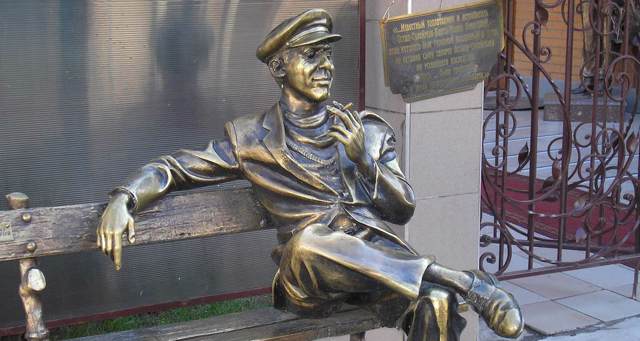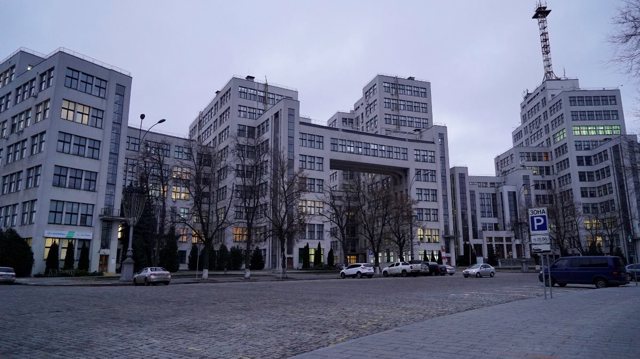Functional temporarily unavailable
General information about Kharkiv
The city of Kharkiv is the second most populous city in Ukraine (1.5 million), proud of the informal status of the first capital of Soviet Ukraine (from 1919 to 1934 it was the capital of the Ukrainian SSR). The main scientific and cultural center of the eastern regions of the country.
Kharkiv was founded in 1646-1654 near the hillfort of the historical city of Donets (XI-XIII centuries), which is mentioned in the "Word about Ihor's regiment". According to traditions, it was named after the founder - the Cossack Kharko (Khariton). The core of the city was a wooden fortress at the confluence of the Lopan and Kharkiv rivers. In 1659, it was rebuilt and strengthened according to the Moscow model, and lasted until the end of the 18th century.
Thanks to its favorabl ...
The city of Kharkiv is the second most populous city in Ukraine (1.5 million), proud of the informal status of the first capital of Soviet Ukraine (from 1919 to 1934 it was the capital of the Ukrainian SSR). The main scientific and cultural center of the eastern regions of the country.
Kharkiv was founded in 1646-1654 near the hillfort of the historical city of Donets (XI-XIII centuries), which is mentioned in the "Word about Ihor's regiment". According to traditions, it was named after the founder - the Cossack Kharko (Khariton). The core of the city was a wooden fortress at the confluence of the Lopan and Kharkiv rivers. In 1659, it was rebuilt and strengthened according to the Moscow model, and lasted until the end of the 18th century.
Thanks to its favorable geographical location, in the 18th and 19th centuries, Kharkiv actively developed and became one of the largest industrial and commercial centers of Eastern Europe.
In 1731, the Kharkiv Collegium was founded, which became the second most important in Ukraine after the Kyiv-Mohyla Academy (taught by the outstanding Ukrainian philosopher and poet Hryhoriy Skovoroda). In 1805, the Kharkiv University, one of the oldest in Russia, was opened by the efforts of the scientist Vasyl Kazarin.
The city is rich in architectural monuments of the XIX-XX centuries, there are many monuments, including those of Taras Shevchenko and Vasyl Karazin.
Kharkiv City Day is celebrated on August 23.
Місто Харків - друге за розміром і чисельністю населення місто в Україні (1,5 мільйона), що пишається неформальним статусом першої столиці радянський України (з 1919 року по 1934 рік був столицею УРСР). Головний науковий і культурний центр східних областей країни.
Харків заснований в 1646-1654 роках поблизу городища літописного міста Донець (XI-XIII столітя), яке згадується в "Слові о полку Ігоревім". За переказами, назване по імені засновника - козака Харько (Харитона). Ядром міста була дерев'яна фортеця на злитті річок Лопань і Харків. У 1659 році перебудована та укріплена за московським зразком, проіснувала до кінця XVIII століття.
Завдяки вигідному географічному розташуванню, в XVIII-XIX столітях Харків активно розвивався і став одним з найбільших промислов ...
Місто Харків - друге за розміром і чисельністю населення місто в Україні (1,5 мільйона), що пишається неформальним статусом першої столиці радянський України (з 1919 року по 1934 рік був столицею УРСР). Головний науковий і культурний центр східних областей країни.
Харків заснований в 1646-1654 роках поблизу городища літописного міста Донець (XI-XIII столітя), яке згадується в "Слові о полку Ігоревім". За переказами, назване по імені засновника - козака Харько (Харитона). Ядром міста була дерев'яна фортеця на злитті річок Лопань і Харків. У 1659 році перебудована та укріплена за московським зразком, проіснувала до кінця XVIII століття.
Завдяки вигідному географічному розташуванню, в XVIII-XIX столітях Харків активно розвивався і став одним з найбільших промислово-торговельних центрів Східної Європи.
У 1731 році заснований Харківський колегіум, що став другим за значенням в Україні після Києво-Могилянської академії (викладав видатний український філософ і поет Григорій Сковорода). У 1805 році зусиллями вченого Василя Казаріна був відкритий один з найстаріших в росії Харківський університет.
Місто багате архітектурними пам'ятками XIX-XX століть, є безліч пам'ятників, в тому числі Тарасові Шевченку і Василю Каразіну.
День міста Харкова відзначається 23 серпня.
Сплануй своє перебування у Kharkiv
What to see and where to go in Kharkiv
Tourist attractions and museums of Kharkiv
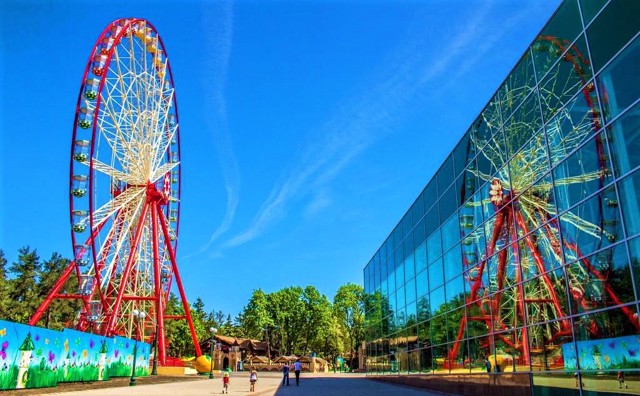
Central park of culture and recreation
Park / garden , Entertainment / leisure
The Central park of culture and recreation in Kharkiv was laid out in 1893-1895 and inaugurated two years later, when the trees had grown a little.
At first it was called Mykolayivsky or Zamisky park. The area is about 130 hectares. Now it is one of the main centers of recreation and entertainment, mass celebrations and folk festivities take place here. On the territory there is an amusement park, the "Park" cinema, the "Mala Pivdenna" children's railway, a cable car, tennis courts, etc.
In 2006, for the Day of the City of Kharkiv, the colonnade in front of the entrance was restored on the side of Sumska Street. The central fountain were also restored.
In 2012, a renewed amusement park was opened, including a "roller coaster" and a Ferris wheel, which are most popular with visitors. Many original bronze sculptures symbolizing each recreation area appeared on the alleys.
During the full-scale Russian invasion of Ukraine in 2022, Central park of culture and recreation in Kharkiv was repeatedly targeted by Russian artillery. As of the beginning of February 2023, during the Russian-Ukrainian war, there were about 70 hits from rocket launchers and two missile strikes on the territory of Park. About 20 attractions, park alleys, lawns, sculptures, and trees were damaged as a result of shelling.
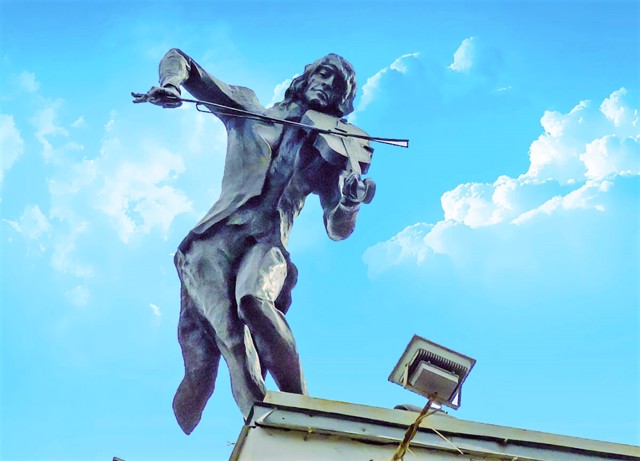
Fiddler on Roof
Monument
The sculpture "Fiddler on Roof" was installed on the building of the Kharkiv Conservatory - an architectural monument of the 19th century.
The author of the composition is Seyfaddin Hurbanov. The prototype of "Fiddler" was the famous violist Yuriy Bashmet, but the image is considered collective, and the monument is dedicated to all Kharkiv artists, artists and musicians - people of creative professions.
"Fiddler on the Roof" became a symbol of the "People's Recognition" award - the "Kharkiv Oscar", which is awarded every year in the nominations "Music", "Fine Art", "Literature", "Theatre" and "Architecture".
In 2017, the monument was moved to the roof of the Platinum Plaza building.
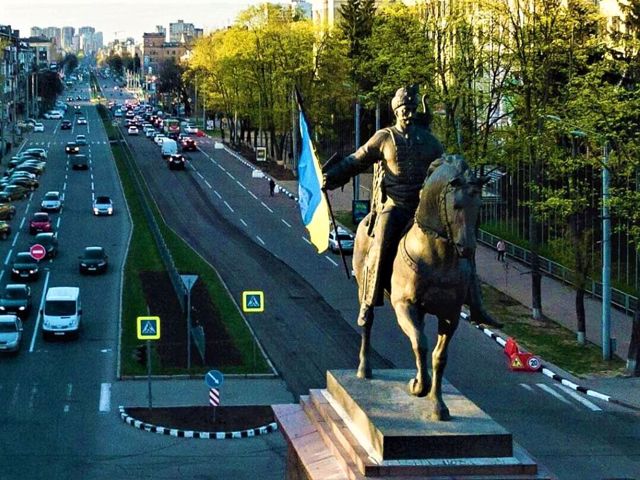
Founders of Kharkiv Monument (Cossack Kharko)
Monument
Cossack Kharko (Kharyton) is the mythical founder of the city of Kharkiv, about whom several urban legends have been compiled.
According to the "Topographical description of the Kharkiv governorship" (1785), "...if we believe the rumor, one of the wealthy Ukrainians established a farm in this place, but who he was, where and when, there is no information about it, by the name of Kharyton, and according to the colloquialism, Kharko, from which this city and the river supposedly got their title."
The monument to the Founders of Kharkiv in honor of the city's 350th anniversary was opened in 2004 at the beginning of Nauky Avenue. Presented to the city by the famous sculptor Zurab Tsereteli. This is the first equestrian monument in the history of the city. It is a 12-ton bronze sculpture of a horseman, the Cossack Kharko. In his hand he holds a spear, a shield, behind his shoulders is a bow and a quiver of arrows. The height of the sculpture is 6 meters, the pedestal is 7 meters.
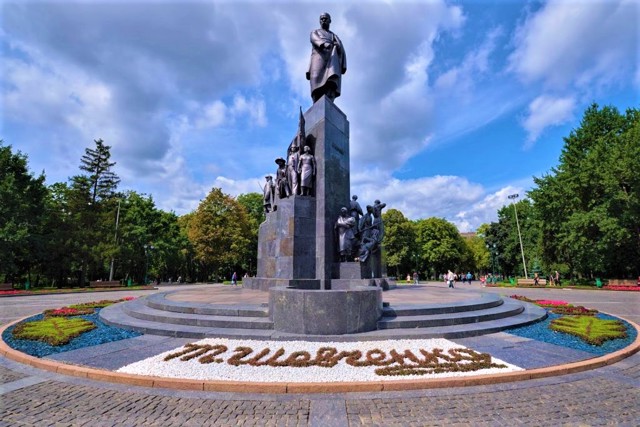
Taras Shevchenko Monument
Monument
The monument to Taras Shevchenko in Kharkiv is considered the best of all the existing monuments to the poet.
The project was developed by the sculptor Matviy Manizer. According to the author's plan, the multi-figure sculptural group personifies the struggle of the people for freedom sung by Kobzar. Actors of Kharkiv theater "Berezil" posed for the sculptor.
The grand opening took place on March 24, 1935. At that time, it was the largest bronze composition in the USSR (total height - 16 meters, height of the poet's figure - 5.5 meters).
Some student traditions of students of Kharkiv University are connected with the monument.
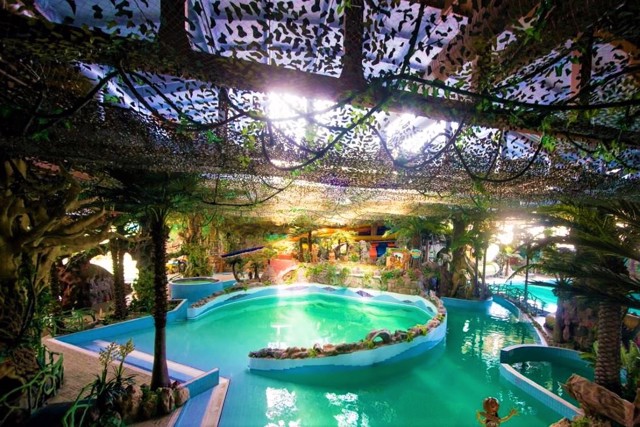
Jungle Aqua Park
Aquapark
Kharkiv Jungle Aqua Park is a large modern indoor water park, the interior of which is stylized as the jungle of South America.
There are 7 swimming pools (including sports, wave, circular, hydromassage, jacuzzi) with 11 water attractions on 11,000 square meters of space, of which 4,000 square meters are occupied by the water entertainment area.
Water slides are distinguished by the profile of the chutes and the steepness of the curves. Super-attractions: the "Space Hole" centrifugal slide (54-meter spiral) and the "Black Hole" slide (16-meter rapid descent).
The temperature regime is maintained throughout the year in the range of 30-33 degrees with 65-70% humidity.
The complex also includes a hotel, restaurant, bars, sauna and massage, solarium, billiards, shooting range.
Kharkiv in news and blogs
Reviews Kharkiv
Geographical information about Kharkiv
| {{itemKey}} | {{itemValue}} |
|---|---|
| Region |
Kharkiv |
